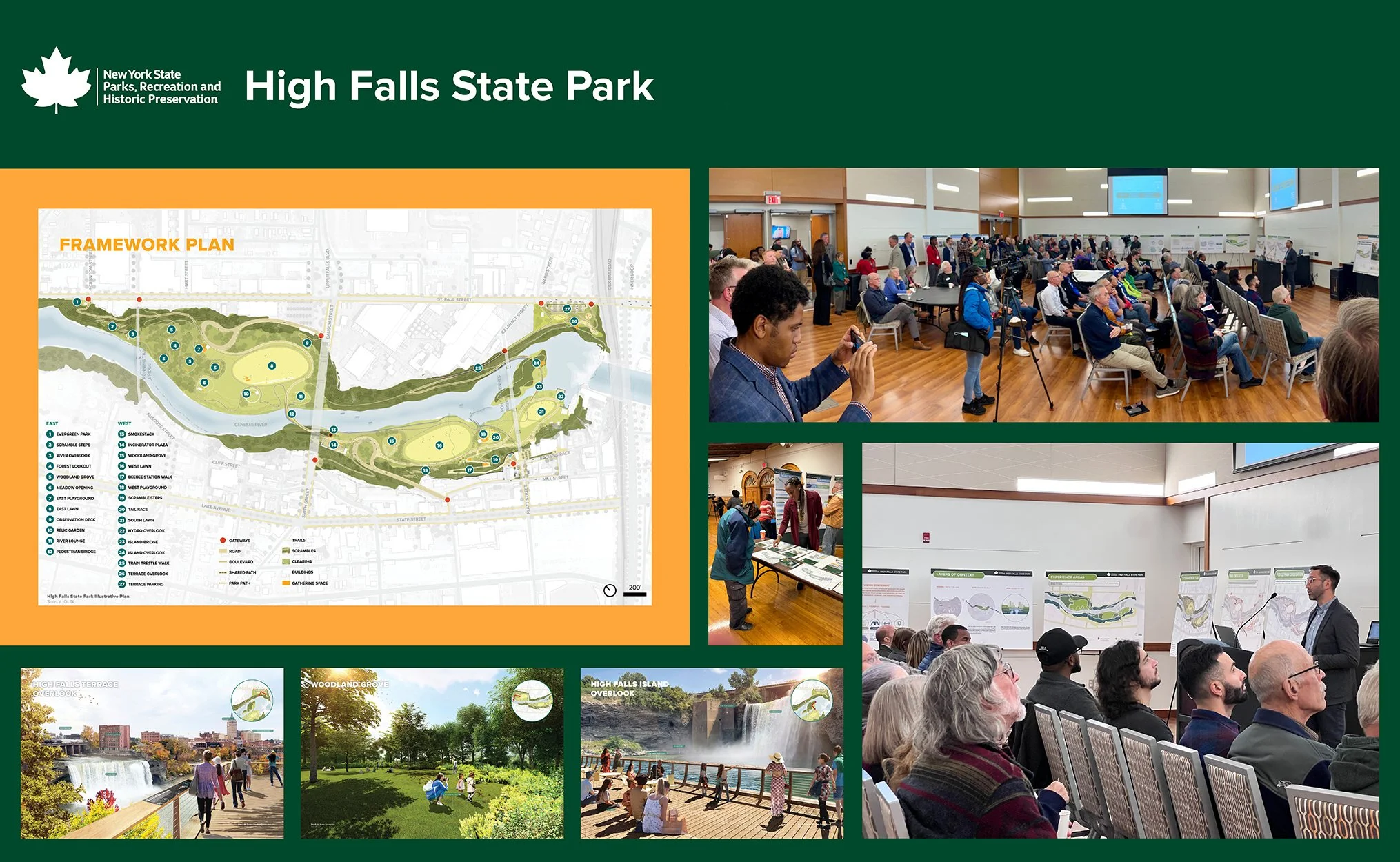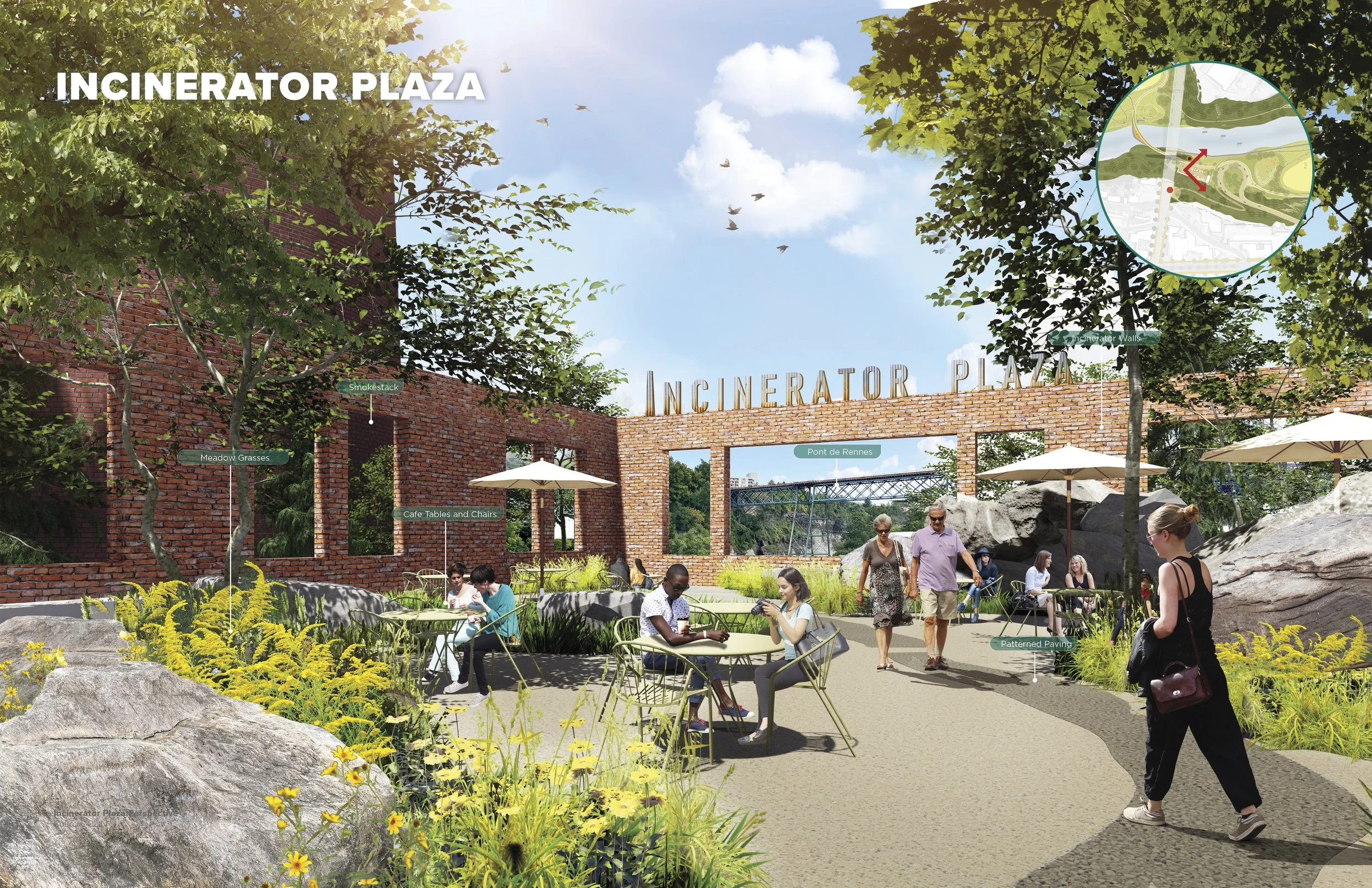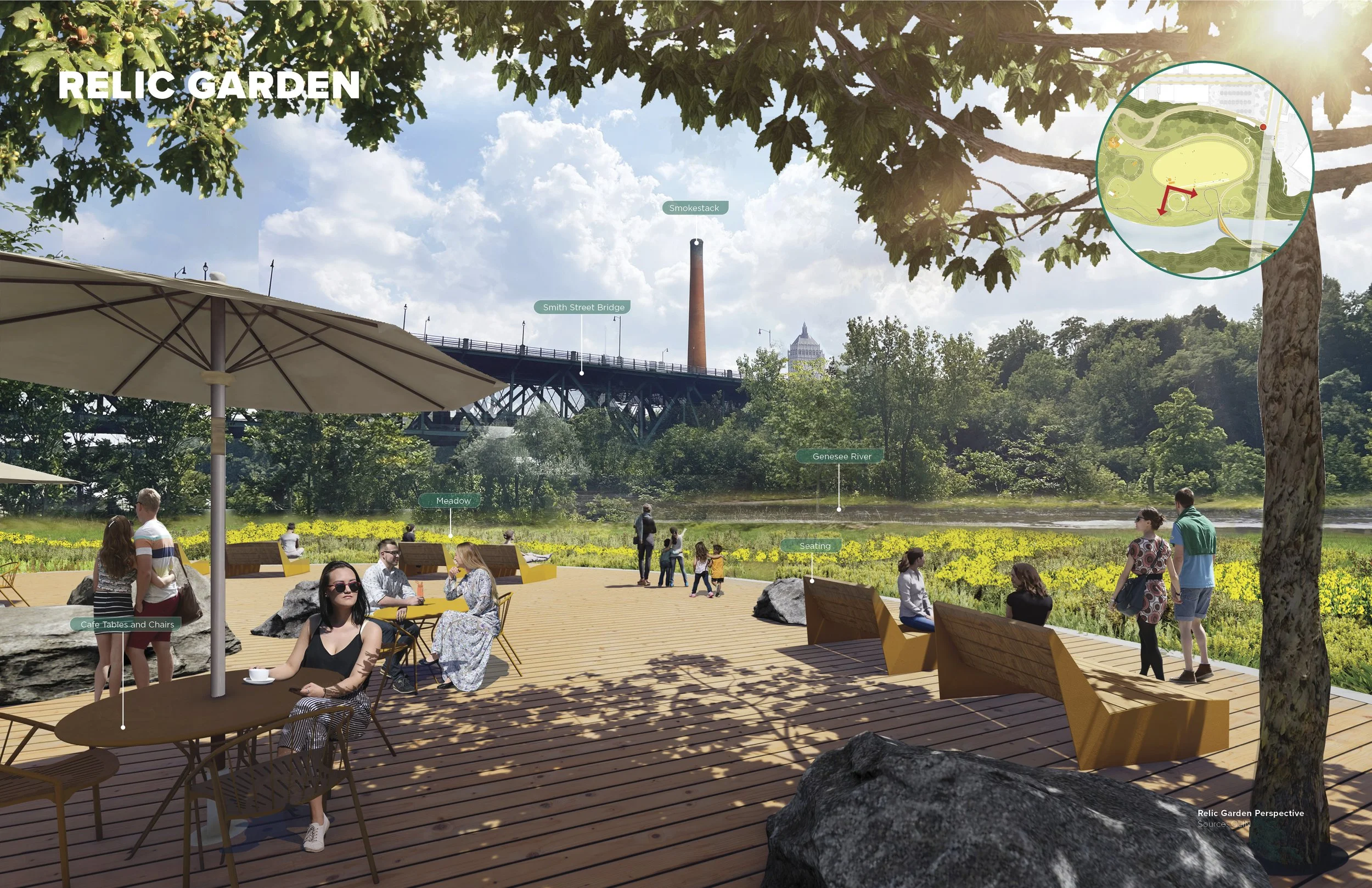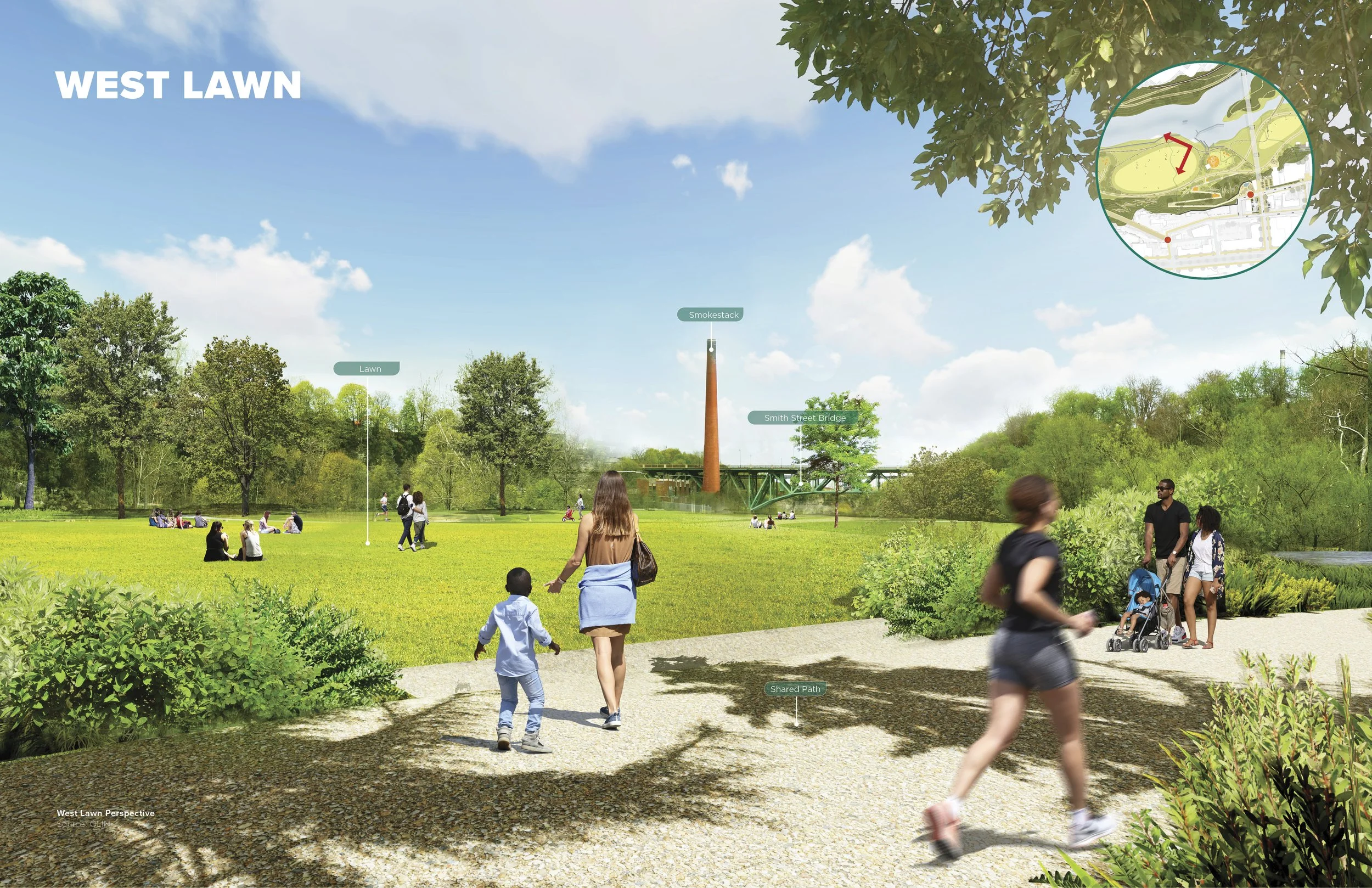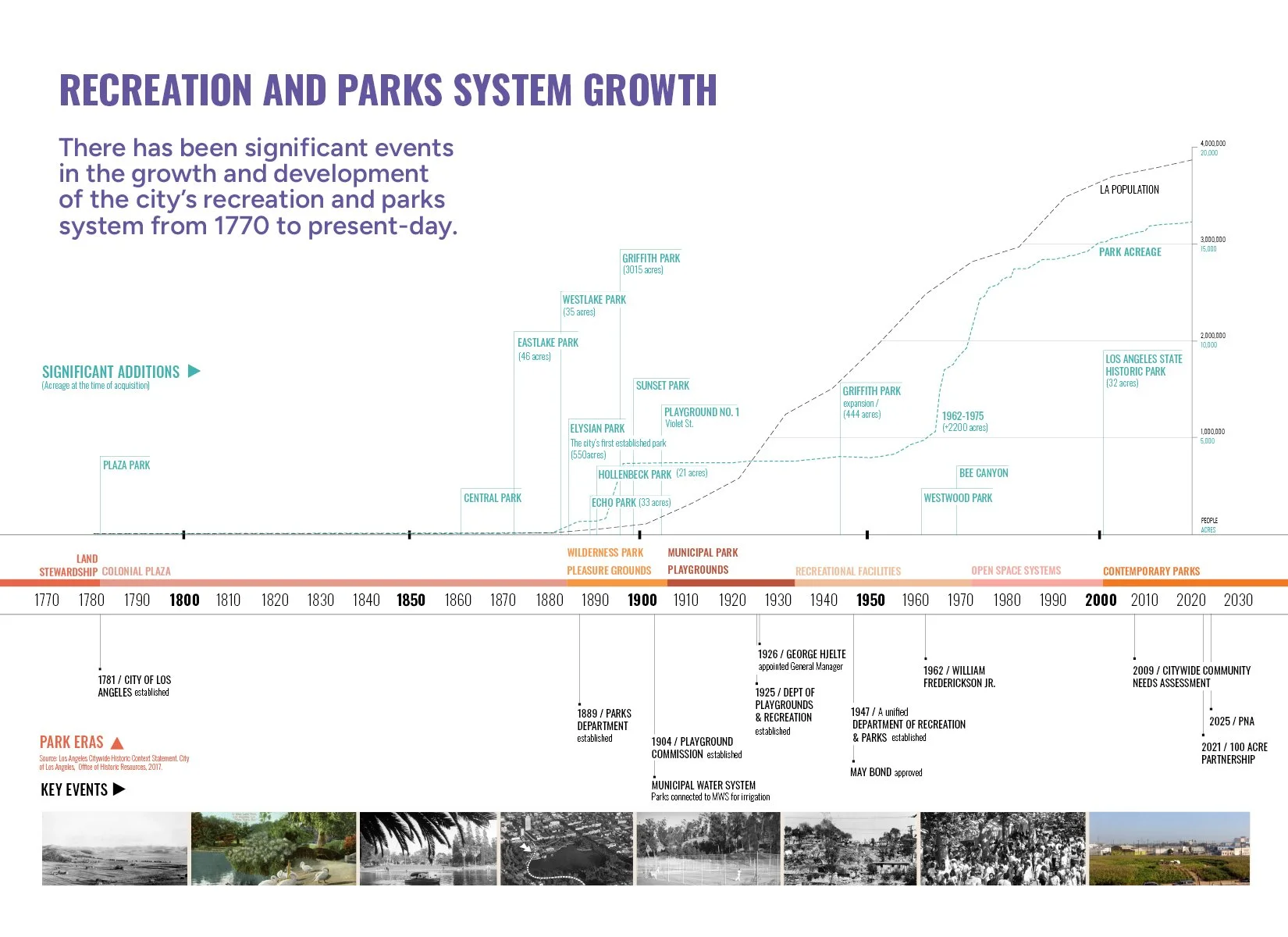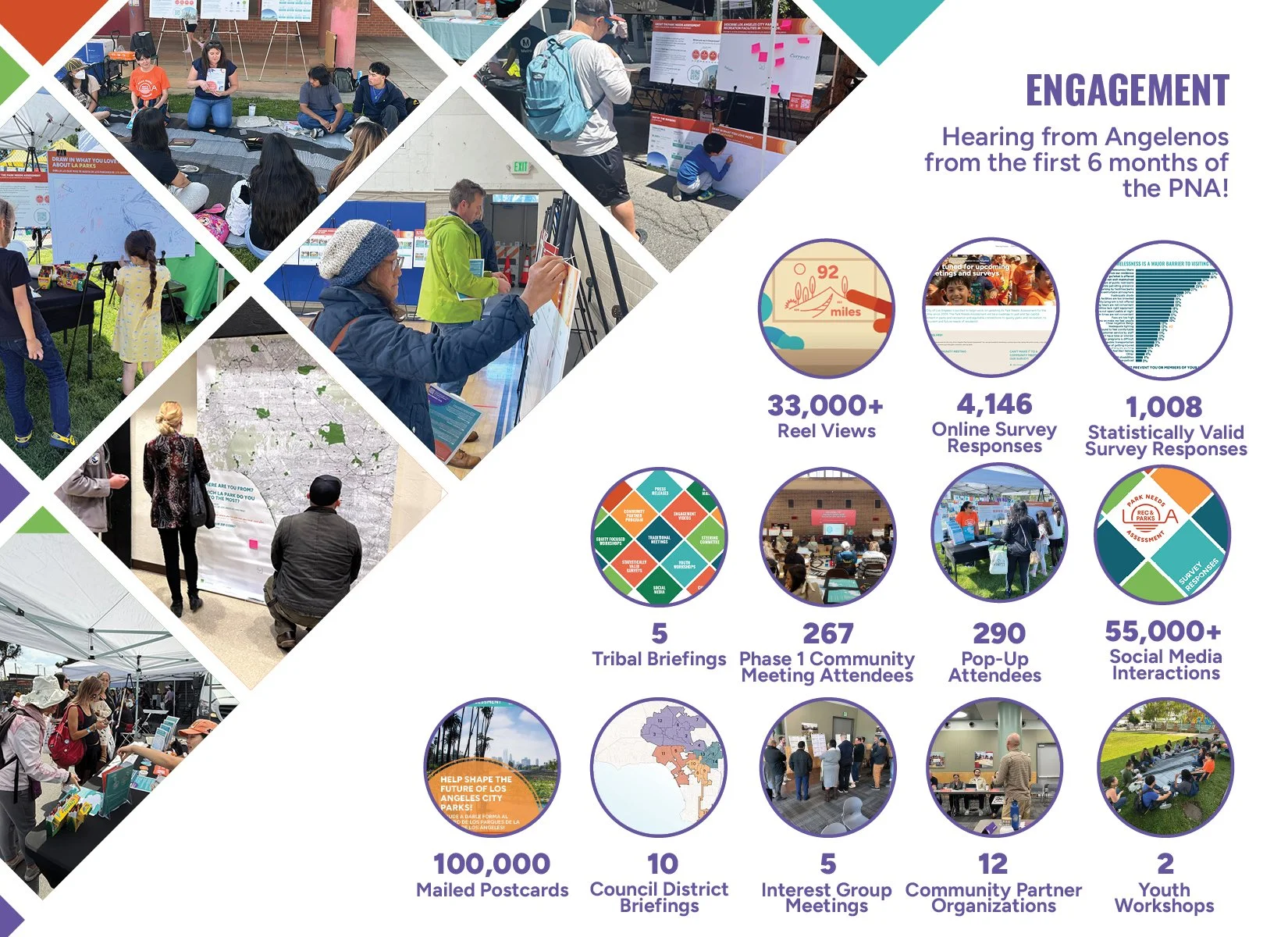What makes you unique or sets you apart—in this profession, in general?
A few things. I always try to keep my promises and I believe in putting outcomes above accolades. I have discovered that what makes me different from other landscape architects is my deep experience and range. I honestly believe in deep collaboration, and have always felt it is my role to enable those ideas to be shared and ultimately acted upon.
Are you more driven to figure things out, gather things together, or disseminate and apply what is gathered? (Not that these things are mutually exclusive, but what’s your tendency?)
I am a critical maker. The process of exploring materiality, form, program, data, and other realities usually leads me to a resolution. As I make, I tend to take a critical look at the work and explain it—not just to an audience, but to myself. I’m aware enough to know what I don’t know. This leads me to connections and bringing together colleagues for the best possible project.
What is something from your own life that has given your work greater depth?
Both of my parents' families hail from a small, mountain village on the island of Lesvos, where there are few resources, the land is unforgiving, and far away from places that connect to the broader world. Despite that humble beginning, both my parents developed the courage, and the resourcefulness, to seek a better, more fulfilling life for themselves and their families.
They instilled in me and my sisters a sense of eudaimonia. This is the concept of living a good, purposeful and flourishing life and engaging in meaningful activities that align with one's highest potential. Despite the challenges that life has presented them there is always this sense to continue on with purpose.
I carry this into my work. I remind myself that the work we do is more than a transaction or an expression of ego, but an opportunity to do better. Better for the communities that we work with, better for the people we partner with, better for our profession.
Describe a formative experience you had at OLIN
I joined OLIN in February 2012, after graduate school (RISD), and having recently completed a project at the Isabella Stewart Gardner Museum in Boston with Ron Henderson. Upon my arrival in Philadelphia, I had received a call from OLIN to come in for an interview as soon as possible. A day later, I found myself in the office with Chris Hanley, and his first question to me was, “Do you have a valid passport?”
This led to my first week at OLIN where I worked to prepare for a site visit to Bangalore, India. It was filled with late nights, daily deadlines, and getting to know my new colleagues. By Saturday I was ready to embark on the 16 hour flight to Mumbai. My travel partner was OLIN CEO Lucinda Sanders; although I was new to OLIN, I spent the trip getting to know her well and I believe it was during our time in India that we formed a true bond.
The week I described above was indicative of my life for the next 9 months. While this project was difficult, through it I got to know many in the office, earning their trust and respect as they accepted me as a colleague and ultimately a leader. I learned how to be nimble, truly collaborate with others, and support my colleagues under difficult circumstances.
Can you point to one aspect of your practice at OLIN that demonstrated the leadership quality recognized by this promotion?
My calm demeanor as a leader and my ability to navigate difficult situations both with project partners and clients to produce the best possible outcomes for the project and OLIN.
What work are you most proud of?
I’m proud of a great many things that I’ve accomplished at OLIN, but there are three projects that resonate the most with me.
The first is Pier 26 and the great challenge that it represented both as a design and construction problem. The circumstances surrounding the project were especially challenging: it began in the aftermath of superstorm Sandy; we had to respond to a horrific terrorist attack outside our project; and ultimately, we completed the project during the COVID pandemic—to be the only new NYC park to open in 2020. Notwithstanding this, Pier 26 would become an award winning, internationally recognized project.
The second is Dorchester Bay City—where OLIN re-entered into the Boston market with a project the scale of previous OLIN projects: Battery Park City and Playa Vista. I was proud to lead that effort and to see it through its successful adoption by the City of Boston.
The third is a series of projects that have transformed Akron, Ohio. Modestly beginning at the Akron Art Museum, we demonstrated to the City and people of Akron the value of meaningful, dynamic, and culturally significant public spaces. This success led to broader planning for Locks 2, 3, and 4 and then the design and implementation of a fantastic gathering space and public venue at Lock 3. I feel very fortunate that Akron has welcomed us back time and again and to see the impact of each project—in transforming the built environment, and evolving attitudes of those who live there.
What will be an important driver in our discipline in the coming 5 years? 25 years?
In light of rapidly advancing technological enhancements, our ability to share, teach, connect, and narrate will be more paramount than ever. Ultimately, we build spaces for living things and those spaces are built by living things, and we need to not lose sight of that.
Why OLIN?
Because OLIN is a community that takes great care in the thinking and crafting of landscapes. I am lucky enough to be embraced by this place and to contribute to OLIN and our work in a meaningful way.

